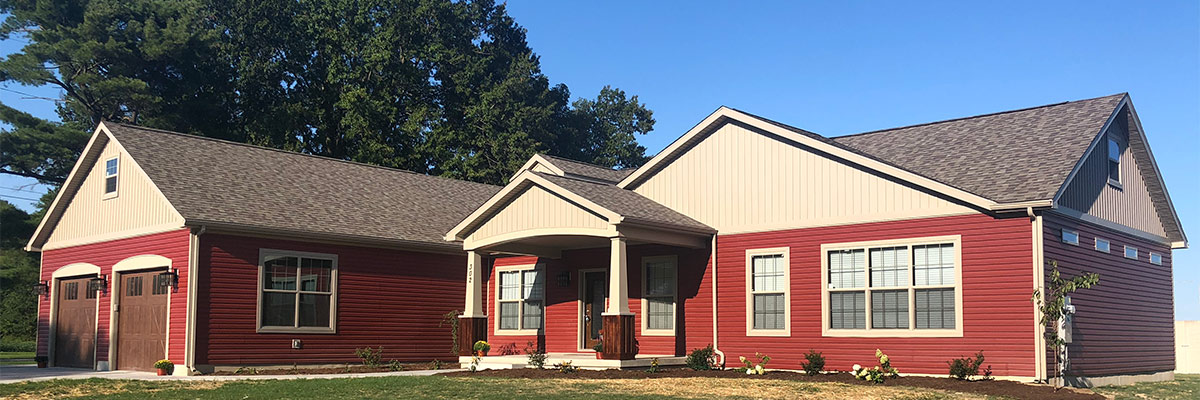Wind Tests on Manufactured Homes Featured on “Today Show”
By MHI
Several wind tests were recently conducted on HUD Code Manufactured Homes by the Insurance Institute for Business & Home Safety (IBHS), a not-for-profit safety education and risk mitigation organization that is supported by the property insurance industry, and were sponsored by American Modern Insurance for the purpose of analyzing attached structures on two HUD-Code homes at IBHS’ testing facility in South Carolina. IBHS granted rights to film and report on the test to NBC News -- who owns the Weather Channel.
This was not an industry-sponsored wind test, thus neither the industry nor HUD had any control over the testing protocol. The tests focused on the performance of attached structures (such as awnings or carports) and were conducted in several phases on a HUD-Code Zone III home - first on a standard carport installed using "conventional installation procedures" and then using numerous procedures designed to fortify the carport. Once the attached structure testing was complete, a window and a door on the home's windward side were opened "to evaluate performance of a Zone III manufactured home during a high wind event."
Regarding this previous portion of the test, IBHS indicated: "When one of these high wind-rated HUD-Code homes is installed on a permanent foundation, in most of the country, it would end up resisting wind storms better than surrounding site-built homes."
The test repeated the same conditions with a HUD-Code Zone I home. The only real dramatic footage of the test occurred when the non-fortified carport blew off the home and caused substantial damage to the roof of the home. When the house was turned, the fortified carport (and the home itself) per- formed exceptionally well in sustained winds exceeding 90 mph. Finally, they opened the side door and a window and kept increasing the wind speed. After the home took sustained winds for over ten minutes, the roof finally blew off at 100 mph.
It should be noted that IBHS's stated test objective was broader than simply developing mitigation measures for strengthening carports and attached structures. According to the test material: "A secondary objective was to demonstrate the superior performance of manufactured homes built to HUD- Code Zone III standards." Yet following the test, the director of the IBHS told the crowd how impressed she was at the performance of the Zone I home itself.
Nearly everyone from the industry at the facility was excited at how well the home performed under conditions exceeding its design considerations. In a similar IBHS test of site-built homes, the non-fortified home was completely destroyed at 96 mph.
Should IMHA members receive any local media calls or questions from consumers regarding the story, MHI suggests referring to the following informational points:
- HUD wind zones were developed for a reason. While higher zone homes may provide additional protection from wind, this test proved that homes are constructed appropriately for the wind zones for which they were built.
- In a similar test IBHS conducted on traditional site-built homes, the lower wind standard home was completely obliterated at the same wind speed. The HUD Code Zone I performed much better than the unfortified site-built home.
- The damage done to the HUD-Code Zone I home was sustained largely due to the failure of the attached structure. MHI and its member companies strongly encourage strict compliance with local and state building codes that better account for local conditions..
View video from "The Today Show" at http://www.today.com/id/49063771/#55705369




